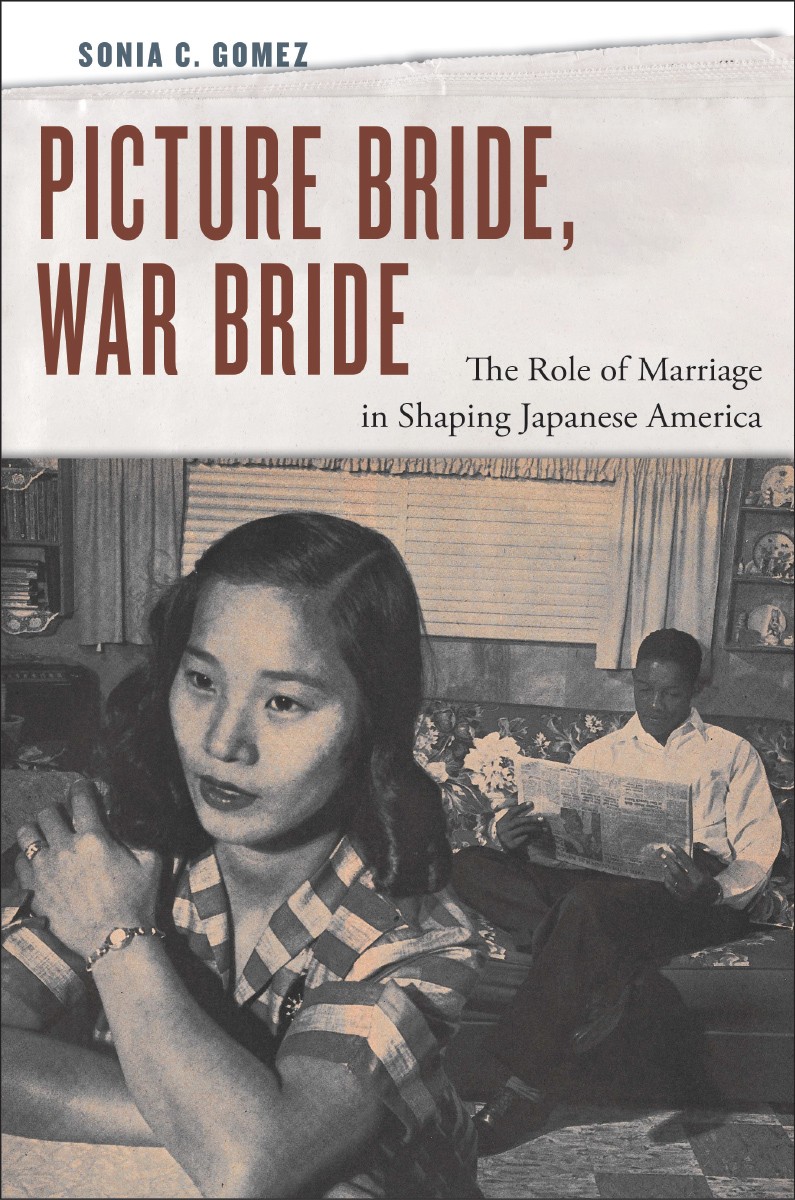My scholarship follows two intertwined paths, both rooted in a commitment to understanding race, gender, and power. One strand examines how gender and sexuality shaped U.S. imperial formations in the Pacific, particularly through the regulation of intimacy and immigration. The other traces the historical, social, and political ties that have connected Japanese and African American communities, illuminating conflict, shared struggles, and unexpected solidarities.
I started my academic journey at Antelope Valley College, taking classes part-time while working and raising a family. In 2008, I earned an associates degree becoming the first in my family to earn a college degree. I went on to earn a B.A. in history from UC Berkeley, then a Ph.D. from the University of Chicago. Before joining SCU, I held fellowships at MIT and Harvard.



